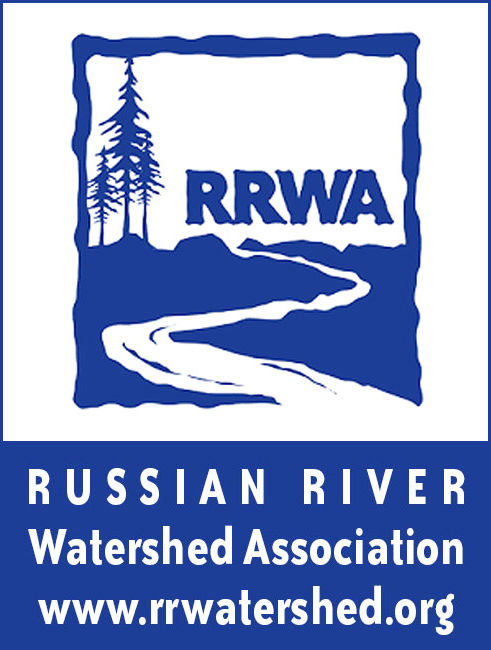There has been a lot of advice on how to landscape our homes to keep wildfires away (including this column).
However, a critical lesson sometimes gets overlooked: our homes are also fuel for a wildfire.
Wildfires are not limited to wildland. All too often, once a wildfire reaches a neighborhood, it is the homes in that neighborhood that provide the fuel. Fire Safe landscaping must start with your home.
Get in the Zone
Zone 1 is what firefighting professionals call the first 30 feet from your home. This is the most critical area around your home and your last line of defense to an approaching wildfire.
However, with enough wind, embers can fly over Zone 1 to land on your home. Think of any place on your home where leaves collect ⎯ this is also where windblown embers can collect.
Rain gutters, roof valleys, dormers, eves, awnings and decks are all places where embers can collect. Keeping these areas clean and free of debris is a good start but there is more you can do.
If you plan to re-roof your home, select a fire-resistant roofing material that meets the UL 790 Class A rating. Class A roofing material resists ignition by embers better than lesser materials and can provide you with critical time to evacuate and may even save your home.
You don’t have to break the bank to do this, standard asphalt shingles are available with a Class A rating and they are readily available at most home centers. Don’t neglect the architectural features on your roof and cover them with fire resistant materials. Windblown embers can collect against dormers or gables.
These features are frequently built with conventional siding materials like plywood or chip board. Embers can easily ignite these materials bypassing the most fire-resistant roofing materials. If your home has these features, adding metal siding or fiber-cement materials that meet California’s wildland urban interface (WUI) standards can help your home resist embers.
If your roof has eves or overhangs, then fire block your soffits. Fire blocking starves a fire of oxygen and prevents it from spreading. Ironically, fire blocking material does not have to be fire-proof. It just has to keep the fire from getting oxygen.
Materials that are rated for use in the WUI are your friend here. CalFire has set up a searchable list of WUI approved materials for all kinds of homes at this link.
Densely developed urban and suburban neighborhoods can benefit from fire-resistant fences to prevent fires from spreading house to house. When a fence catches fire, it can bring that fire right up to your home like a fuse. Incorporating stone, masonry or metal into your fence design can be both an architectural statement and a shield against a fire.
If you cannot afford to build a full-length fire resistive fence, consider adding non-combustible features like metal gates or masonry panels into the fence to “cut the fuse.”
If you have a gate where your fence meets your home, this is the perfect place to start by replacing wooden gates with metal ones. FEMA has published a fact sheet on the design of fire resistant fences which is available online. Regardless of the kind of fence you have, always avoid stacking flammable material like firewood or lumber against it.
A good rule of thumb is to never store flammable material like firewood and lumber anywhere in Zone 1.
Decks are difficult to protect from wildfire. Readily available decking material is not fire resistant and most fire-resistant construction techniques are expensive.
In addition, decks are often built on top of a slope in direct line with the most likely approach of a wildfire. If you are building a new deck, consider locating it away from potential pathways for a wildfire or construct a patio instead.
FEMA has published a fact sheet on how to locate a deck to protect your home from a fire. It is available online.
Flirt with Firefighters
Firefighters are attracted to defensible space and if you attract enough of them, they might bring their fire truck. When firefighters respond to wildland fires they need defensible areas to set up and fight the fire.
If your home has defensible space and access to water (nearby fire hydrant or a pool) firefighters can use your home as a staging area.
For those who live on the wildland urban interface, this is the best defense against wildfire for which you can hope. If you have a pool, consider installing a portable pump that firefighters can use. If you have the space, include wide driveways and large turnaround spaces in your landscaping design. Don’t hide these features with tall landscaping along your street.
Many local fire departments offer free fire safety evaluations and will provide guidance on how to make your property firefighter friendly and wildfire resistant.
This article was authored on behalf of RRWA, (rrwatershed.org) an association of local public agencies in the Russian River watershed that have come together to coordinate regional programs for clean water, habitat restoration and watershed enhancement.
71.6
F
Healdsburg
April 20, 2025








